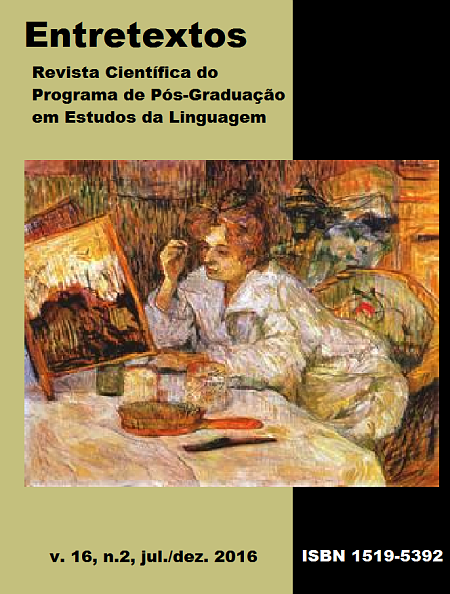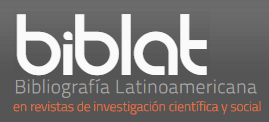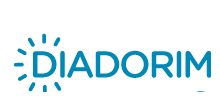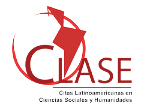Sequence didactic concepts underlying a teaching proposal opinion article teaching guided by the practice of linguistic analysis
DOI:
https://doi.org/10.5433/1519-5392.2016v16n2p29Keywords:
Teaching sequence, Teaching modeling, Teaching writingAbstract
The main purpose of this article ir to analyze a didactic sequence that was developed for the teaching of a textual production of an opinion article for Secondary School students, that has adopted the practice of linguistic analysis as a methodological teaching perspective. Thus, the classes had the objective to practice linguistic analysis in the development of textual thematic progression of student productions. Therefore, in addition to rewriting activities of gender opinion article (both collective and individual), there were also developed activities that addressed the theme of the texts and the textual chaining through the use of argumentative operators. We observed how the sequence was performed, which theory of DS underlies the analyzed sequence and if this model really follows the theoretical prescriptions on this subject, relating the SD concepts and didactic modeling by Dolz, Noverraz and Schneuwly (2004) with the DS already developed and implemented. Then, we analyzed if we follow the DS model of Geneva (Dolz, Noverraz and Schneuwly, 2004) and if there was adaptations, by checking if the DS proposed activities has facilited the teaching of an argumentative genre. The results shows changes from the traditional concept of teaching sequence presented by the Geneva group.Downloads
References
BEZERRA, Maria Auxiliadora; REINALDO, Maria Augusta. Análise Linguística: afinal, a que se refere? São Paulo: Cortez, 2013.
CUNHA, Myriam Crestian. A sequência didática: renovação e mesmice em práticas de ensino/aprendizagem do Português. In: MENDES, E.; CUNHA, J. C. (Org.). Práticas em sala de aula de línguas: diálogos necessários entre teoria(s) e ações situadas. Campinas, SP: Pontes Editores, 2012. p. 119-148.
DOLZ, Joaquim; NOVERRAZ, Michèlle; SCHNEUWLY, Bernard. Sequências didáticas para o oral e para o escrito: apresentação de um procedimento. In: SCHNEUWLY, B.; DOLZ, J. Gêneros orais e escritos na escola. Tradução e organização Roxane Rojo e Glais Sales Cordeiro. Campinas: Mercado de Letras, 2004. p. 95–128.
GERALDI, João Wanderley. Unidades básicas do ensino de português. In: GERALDI, João Wanderley (Org.). O texto na sala de aula: leitura e produção. Cascavel: Assoeste, 1984. p. 49-79.
GONSALVES, Larissa Gabrielle Lucena. Análise linguística: influência no ensino de escrita de alunos do ensino fundamental II. 2012. Monografia (Licenciatura em Letras) - UFCG, Campina Grande, 2012.
GONSALVES, Larissa Gabrielle Lucena; DUTRA, Camilla Maria Martins. Os processos de adjetivação na construção da dissertação argumentativa: uma experiência de ensino de Língua Materna com alunos do Ensino Médio. In: COLÓQUIO NACIONAL, 2012, Campina Graande. Suplementos: anais ... Campina Grande: EDUFCG, 2012. v. 1. p. 290-301.
LINO DE ARAÚJO, Denise. O que é (como se faz) sequência didática? Revista Entrepalavras, Fortaleza, ano 3, v. 3, n. 1, 2013.
MENDONÇA, Márcia. Análise linguística no ensino médio: um novo olhar, um outro objeto. In: MENDONÇA, Márcia; BUNZEN, Clécio (Org.). Português no ensino médio e formação do professor. São Paulo: Parábola Editorial, 2006. p. 199-226
ROJO, Roxane. Modelização didática e planejamento: duas práticas esquecidas do professor? In: KLEIMAN, Angela B. (Org.). Formação do professor: perspectivas da linguística aplicada. Campinas: Mercado de Letras, 2001. p. 313-335.
Downloads
Published
How to Cite
Issue
Section
License
Entretextos adota a Licença Creative Commons Attribution 4.0 International, portanto, os direitos autorais relativos aos artigos publicados são do(s) autor (es).
Sob essa licença é possível: Compartilhar - copiar e redistribuir o material em qualquer suporte ou formato. Adaptar - remixar, transformar, e criar a partir do material, atribuindo o devido crédito e prover um link para a licença e indicar se mudanças foram feitas.




















